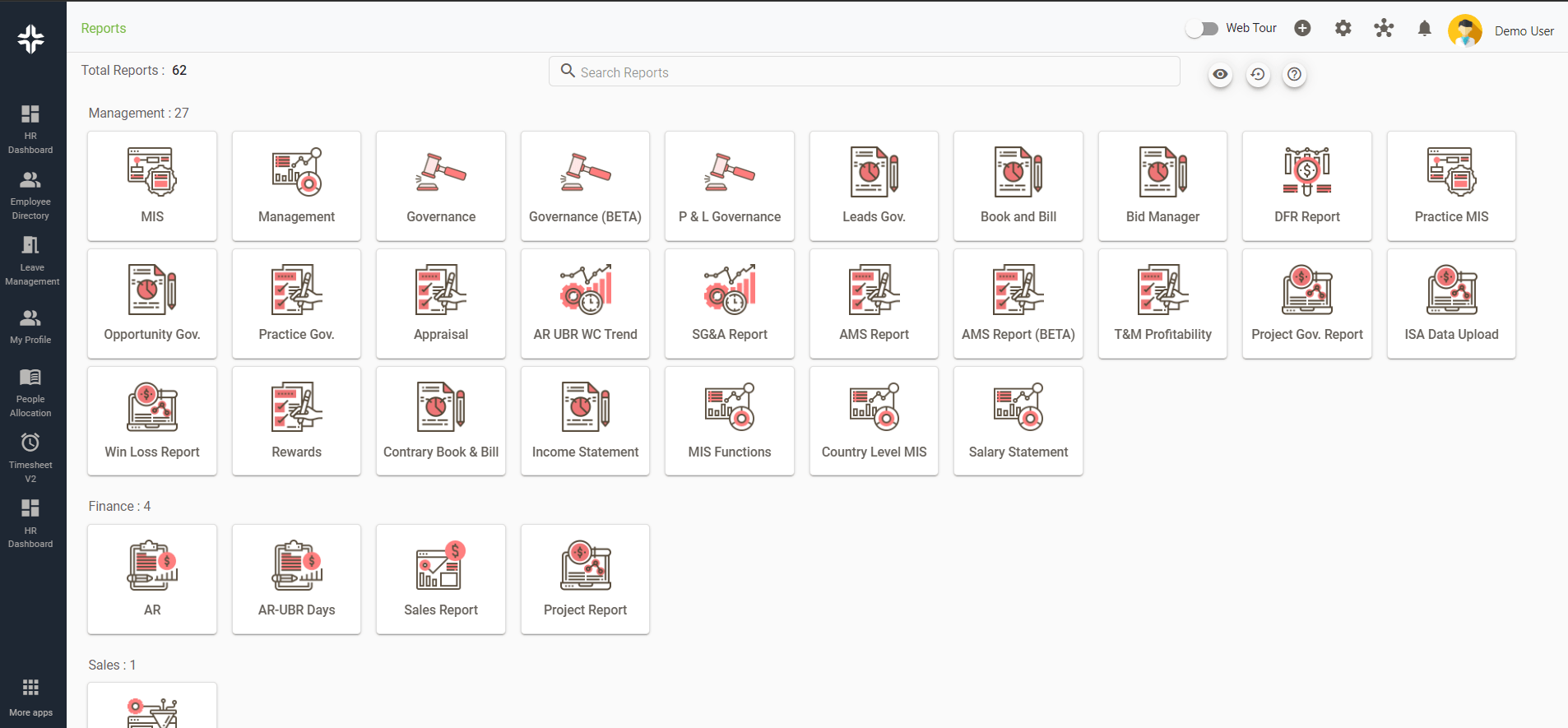
What is Communication Effectiveness?
Communication Effectiveness refers to the ability of a message to achieve its intended purpose. In the context of Professional Service Automation (PSA), it means ensuring that all stakeholders, from team members to clients, understand project updates, tasks, and other relevant information.
Effective communication ensures that projects run smoothly, stakeholders are aligned, and there are no misunderstandings that could lead to project delays or cost overruns.
Importance of Communication Effectiveness
In the world of PSA, where multiple projects often run simultaneously with various stakeholders involved, communication effectiveness becomes paramount. Here’s why:
1. Clarity and Understanding: Ensuring everyone is on the same page reduces errors and rework.
2. Stakeholder Alignment: Keeps everyone from team members to clients aligned with project goals.
3. Efficiency: Effective communication reduces the need for lengthy meetings and back-and-forth emails.
4. Trust Building: Clear and transparent communication fosters trust among team members and clients.
For businesses, effective communication can be the difference between a project’s success and failure. As highlighted in a article, communication plays a pivotal role in resource management for PSA.

Why Communication Effectiveness is so important?
Calculating Communication Effectiveness
While Communication Effectiveness can be somewhat subjective, businesses can use feedback mechanisms to gauge it. Here’s a simple formula:
Communication Effectiveness (%) = (Number of Messages Understood / Total Messages Sent) x 100
Example: If a project manager sends out 100 updates and receives feedback that 90 of them were clearly understood, the communication effectiveness would be:
(90/100) x 100 = 90%
Communication Effectiveness vs Other Communication Metrics
Communication Effectiveness should not be confused with other metrics like communication frequency or communication channels used. For instance, a team might communicate frequently using multiple channels like emails, ticket management software, and meetings. However, if the messages are not clear or understood, then the communication is not effective.
| Metric | Description | Importance in PSA |
|---|---|---|
| Communication Effectiveness | The ability to convey information clearly, efficiently, and with minimal misunderstandings. | Critical |
| Responsiveness | How quickly team members respond to messages and inquiries. | High |
| Collaboration | The level of cooperation and teamwork in sharing information and working together. | Critical |
| Clarity of Information | The degree to which information is well-structured and unambiguous. | Critical |
How Communication Effectiveness is Used in PSA
In PSA, Communication Effectiveness is used in various ways:
1. Project Updates: Ensuring stakeholders are updated about project progress, potential roadblocks, and changes.
2. Resource Allocation: Clearly communicating which resources are allocated where, as discussed in this KEBS article on resource management.
3. Financial Reporting: Providing clear financial updates using tools like finance management software.
4. Task Delegation: Ensuring team members understand their roles and responsibilities.
Ready to Optimize Communication Effectiveness?
KEBS, a leading PSA software, offers tools that can enhance communication effectiveness. Platforms like KEBS project management software allow for real-time collaboration and updates.
With KEBS ticket management system, stakeholders can receive automated updates, ensuring they’re always in the loop. Tools like KEBS employee 360 allow for feedback, helping gauge communication effectiveness.
For businesses looking to optimize their communication strategies, understanding the intricacies of PSA is crucial. Dive deeper into the world of PSA with this comprehensive eBook.

KEBS Reports
Ready to optimize your communication strategy? Contact KEBS today or request a demo to see how KEBS can transform your communication processes.



